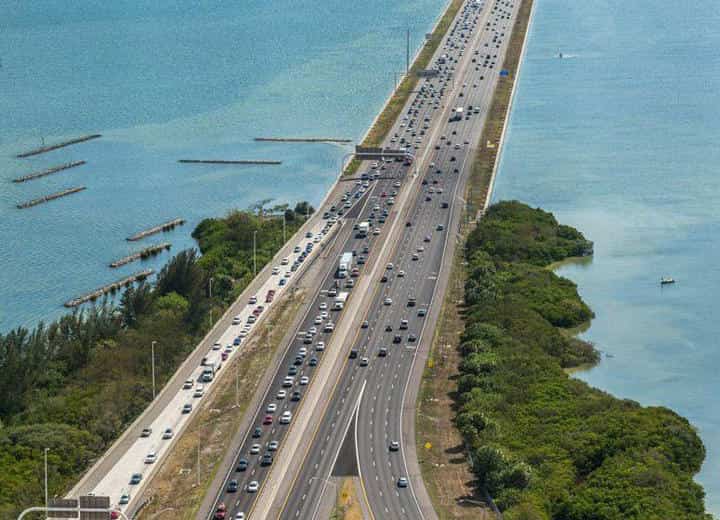Innovate
Latest regional competitiveness report finds economic disparity in Tampa Bay

There’s a widening economic gap in the Tampa Bay region, according to a new report from the Tampa Bay Partnership and other organizations.
While the eight-county Tampa Bay region is a leader in net migration of people into the area, new business creation, rising home values and export growth, the area lags in household income and average wages, among other factors.
The 2020 Regional Competitiveness Report, the third annual report produced by the Partnership, the Community Foundation of Tampa Bay and United Way Suncoast, compared the eight-county Tampa Bay region to 19 similar communities across the United States over 60 economic indicators.
“The Tampa Bay that many of us enjoy is not the Tampa Bay experienced by many of our neighbors, and while we should be proud of all that we’ve accomplished in recent years, we should also recognize that we can – and must – do better,” Dave Sobush, director of policy and research at the Tampa Bay Partnership, said in remarks prepared for delivery at a Thursday event unveiling the latest report.
The full report can be viewed online here. Here are selected excerpts.
Economic vitality. Tampa Bay is No. 4 among the 20 communities in the business establishment start rate and No. 10 in “advanced industries,” which are characterized by high levels of technology research and development and science, technology, engineering, and math workers.
But the local area is No. 11 among the 20 communities in job growth. It’s No. 19 in average wage, at $48,304, and No. 15 in average service sector wages, at $27,588. Tampa Bay is No. 20, at the bottom of the pack, in median household income, which is $55,071.
Innovation, described as one of the keys to prosperity in a community. Tampa is No. 13 in university research and development expenditures and No. 11 in university technology licensing. The area is No. 16 in patents per 100,000 residents, and No. 19 in Small Business Innovation Research and Small Business Technology Transfer grants.
Infrastructure. Tampa Bay is No. 11 in walkability and No. 9 in commute time. But the area is No. 19 in pedestrian and cyclist fatalities and No. 20 in transit ridership.
Talent. Just over one-third, or 38.6 percent of the Tampa Bay population, has an associate’s degree or higher; 29.1 percent of the population has a bachelor’s degree or higher, and 10.6 percent has a graduate degree. That puts Tampa Bay No. 19 in all three categories.
Civic quality. Tampa Bay is No.2 in crime rate per 100,000 residents and No. 13 in both food insecurity and health insurance coverage rates. The area is near the bottom of the list in housing affordability (No. 18) and transportation affordability (No. 17).
Outcomes. Tampa scored its only No. 1 ranking in net migration, or the population change not counting births and deaths. It’s an indicator of the quality of life and economic opportunity — both real and perceived — of a region.
“When we know our challenges, we can solve our challenges,” Sobush said. “Our goal for today is to arm you with the information you need to make Tampa Bay a more competitive and prosperous region for ALL of our residents.”

